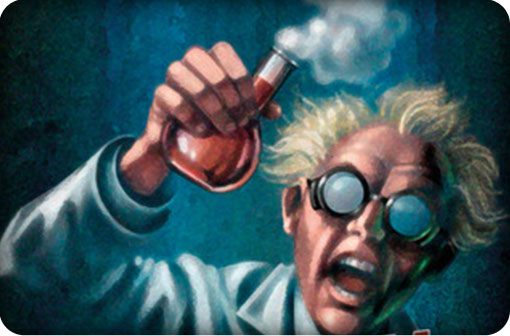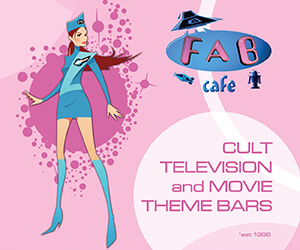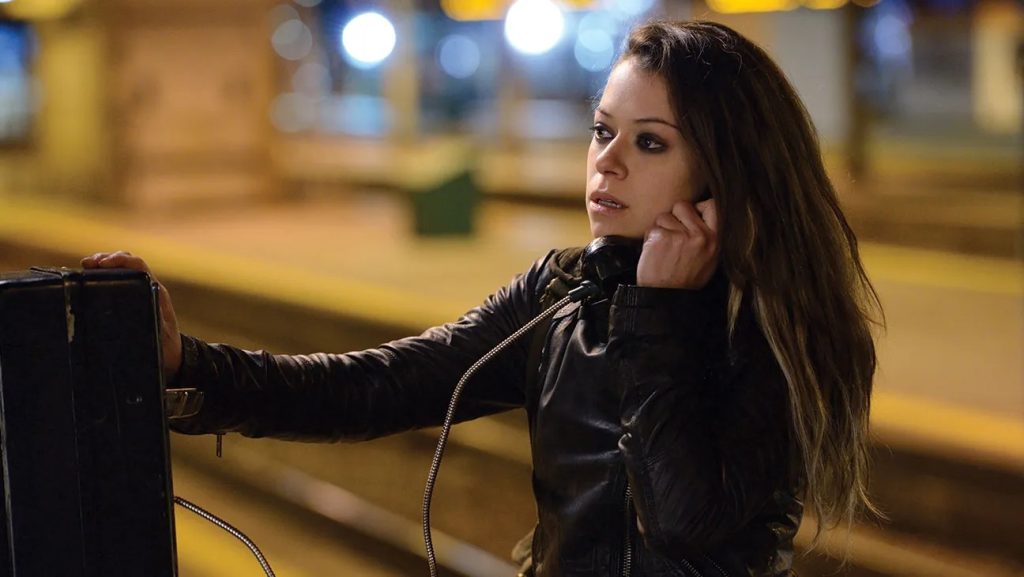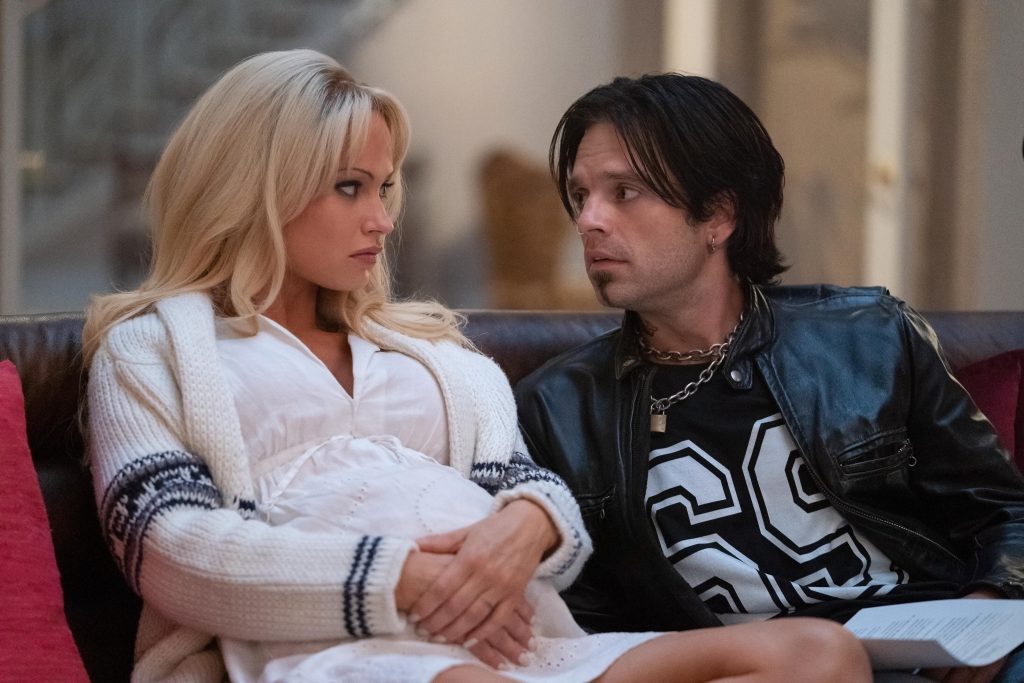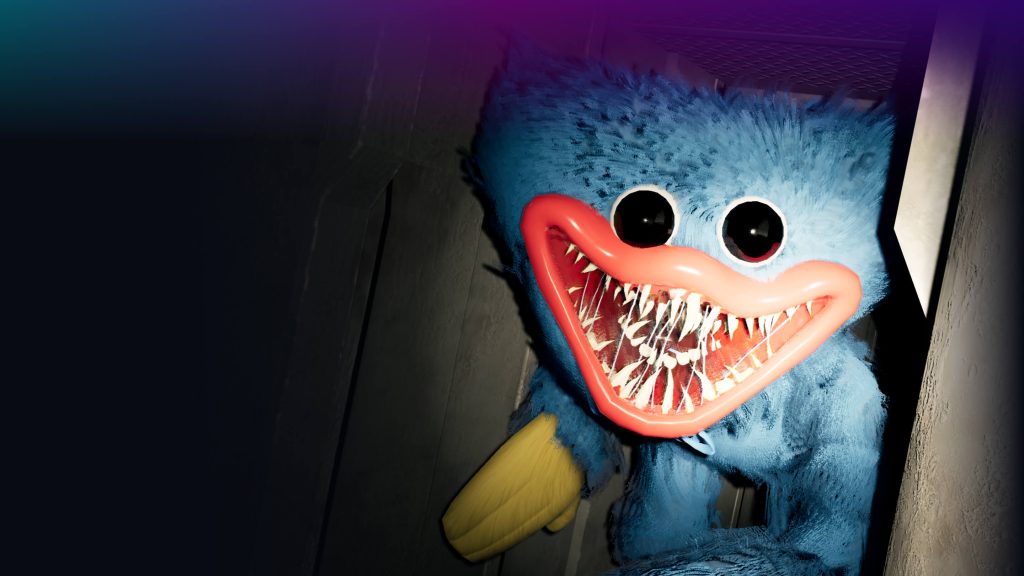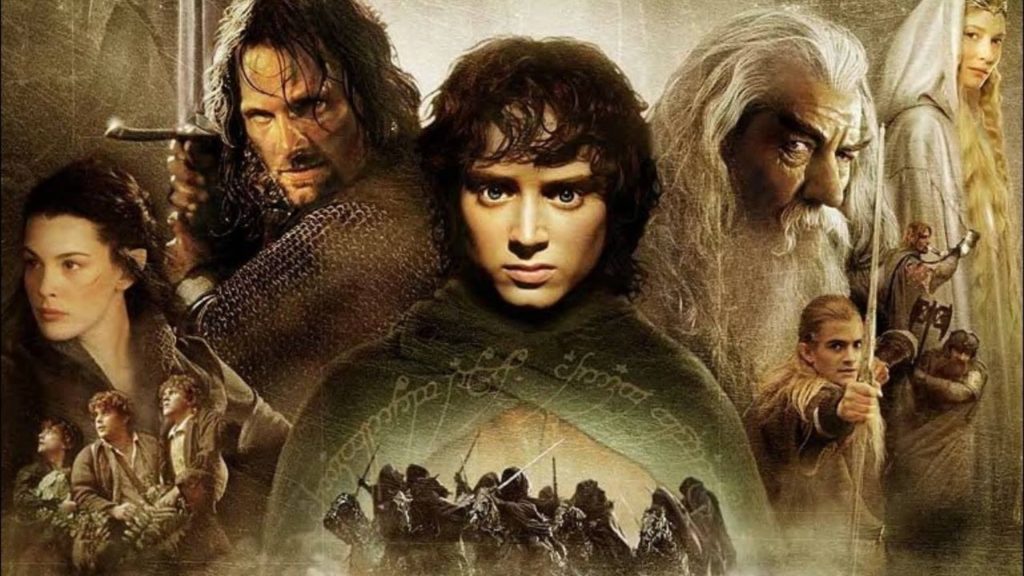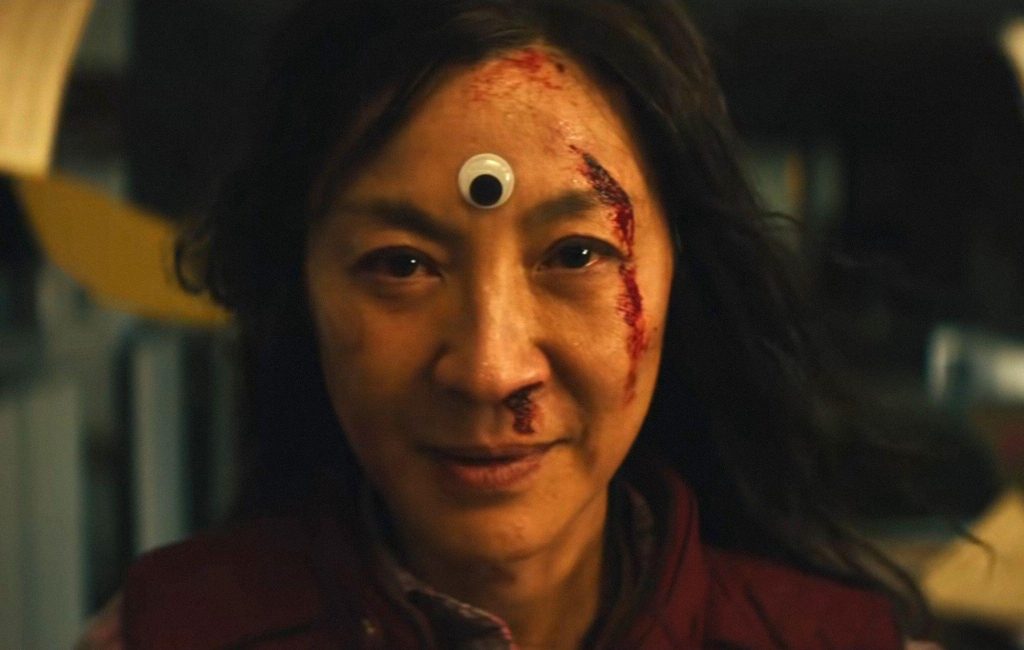
EDUCATIONAL INSTITUTIONS IN HORROR FILM: A HISTORY OF MAD PROFESSORS, STUDENT BODIES, AND FINAL EXAMS
While Andrew L. Grunzke’s new book, Educational Institutions in Horror Film: A History of Mad Professors, Student Bodies, and Final Exams has a title longer than we’re ever willing to type again, it’s a surprisingly readable book. Grunzke takes the titular concept and stretches it further than you’d initially suspect, making the book about far more than just the mad scientist pictured on the cover, although one would be hard-pressed to believe so in the earlier chapters.
For those familiar with horror films, and the history of them which ostensibly starts at the Universal era, the second chapter of Grunzke’s book will be a bit of a slog through “been there, done that.” “Is There a Doctor in the House?” covers the mad scientists who set the standard for the trope: Abraham Van Helsing and the various Doctor Frankensteins. If you’re familiar on any level, even somewhat vaguely, with the films being discussed, it’s something you’ll try to speed through, as it’s essentially just setting the groundwork for what will come later.
Working Van Helsing in as a “doctor,” and thus man of science, does at least offer up an intriguing example of where modern thinking and superstition collide, but other than that, this part of the book had us worried that it was going to be yet another retread of familiar tropes and topics.
It’s the chapter on Dr. Jekyll, along with his various alternate identities, that really starts to broach ideas of which I’d never considered. Grunzke makes a very interesting point, in that despite what Jekyll may turn into – be it Ms. Hyde, Mr. Hyde, or some other brutal creature – the basic plot of the story never really changes. The settings may vary, Jekyll may be anything from a chemist to a virologist, and there might be elements of gender or race introduced into the story, but despite these changes, “the story of Dr. Jekyll was told and retold for 70 years with only minor variations.”
Where things really get interesting are the chapters on high school, college, and summer camps as loci of educational horror. Grunzke’s point that modern horror takes the familiar and renders it frightening is explored fully in these three chapters. Student Bodies, on high school, introduces the concept that, starting with Psycho in 1960, horror would move toward “a more quotidian setting,” that of urban or suburban places. It’s also worth noting that the high school horror film utilized to great effect the way in which revenge fantasies can play out. Many of the films cited – Prom Night, Carrie et al – deal with vengeance against bullies.
This personal writer’s favorite chapter is Final Exams and Greek Tragedies, exploring college-set horror films, because while it looks at college-based horror as a whole, the focus on the fraternity and sorority system really provides an interesting bit of contrast to the idea that college is the last place where a mad scientist can exist. The horror of the mad scientist type – Re-Animator, for example – has the image of the solitary person against the world counterbalanced by the Greek system films, wherein the threat of impending horror binds a group together.
The reason for being solitary or bound together is the same: there’s usually a precipitating event which sets the group against the individual. With the mad scientist films, the individual is the protagonist fighting off the department wishing to shut him down,, whereas the Greek system films have the group binding together to fight off a threatening individual. In both cases, the protagonist created the threat against them, be it research which has brought authority down on them, or a sorority killing someone and needing to hide the body and fight off whomever is seeking revenge.
The final chapter of analysis, Survival Training, takes the concept of college-based horror – young people away from home and free from adult influence – and places it in a rural, rather than urban, setting. The chapter outlines the history of summer camps at its outset, a necessary means of making this non-scholastic setting into a locus of educational horror. Focusing mainly on the Friday the 13th and Sleepaway Camp movies, the chapter is brief but makes the excellent suggestion that as camps were originally set up to morally improve the lives of youth, the manner in which the characters learn the lessons of morality and survival skills is perhaps a bit different than the original camp founders might have intended.
In conclusion, Andrew Grunzke takes a concept which could have been tired and sad – the mad scientist working in his lab – and expands the idea of the learning institution as a setting into so much more. The author’s exploration of tropes, plots, and the contrasting means in which different settings are used makes for a read that will have you reconsidering some of your favorite films, as well as seeking out new discoveries for further study.
INFO: EDUCATIONAL INSTITUTIONS IN HORROR FILM: A HISTORY OF MAD PROFESSORS, STUDENT BODIES, AND FINAL EXAMS / AUTHOR: ANDREW L. GRUNZKE / PUBLISHER: PALGRAVE MACMILLAN / RELEASE DATE: OUT NOW

